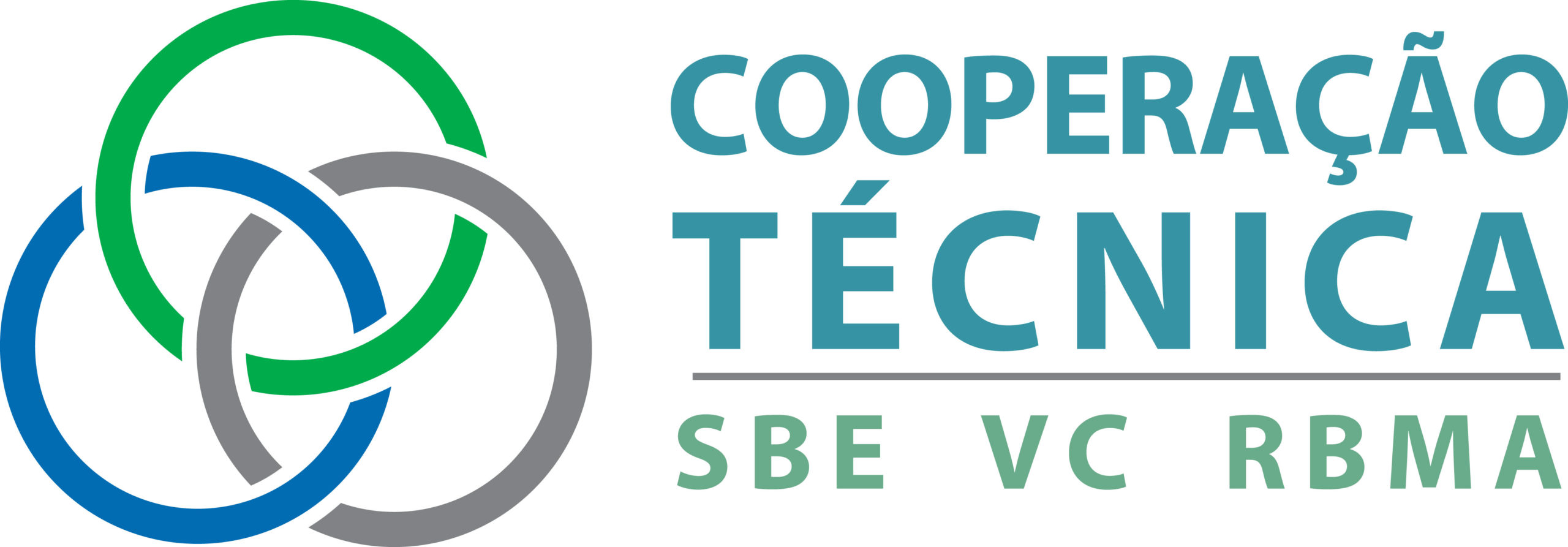The present proposal of the Brazilian Speleological Society (SBE) to Votorantim Cimentos (VC) is guided by the interests, in both institutions, to reconcile the Speleological Heritage, socioeconomic development and its conservation. These two crucial concepts are expressed in the SBE mission, in the VC Global Environmental Policy/Green Rules and are implemented by technical cooperation agreement established between these two institutions and Atlantic Coastal Rainforest Biosphere Reserve (RBMA, from Portuguese).
Deposits of limestone and karst colocation areas increases the cement companies’ responsibility on the conservation of the Speleological Heritage. The knowledge growth of this heritage combined with an integrated analysis into the business plan is the best way to ensure the sustainable use of these areas, allowing a proactive company action, avoiding, mitigating or remediating impacts by increasing legal certainty and highlighting the VC social and environmental responsibility.
The Project “ProCavernas-VC” is also in accordance with the “Guide of environmental good practices of the Mining of limestone in Karst Areas” and with “conservation program and management of caves and Atlanthic Rainforest”, provided for technical cooperation agreement Work Plan, in particular the items:
- 4.1 Identify potential mining areas that’s priority for development of Speleological studies or reference for environmental conservation areas (in new and existing units)
- 4.3 Identify and implement measures for minimizing impacts in caves and Atlantic Rainforest and improving its conservation in the Votorantim Cimentos units.
The proposal is to evaluate the data already available in various sources, crossing information, making a general assessment on the knowledge of the Speleological Heritage housed in their units, identifying threats and opportunities for its management. From this overall assessment of the current situation and business plans of VC, we will define the priority areas for deepening the studies, training and involving local participation (official and cavers) in the identification, management and safeguard of caves.
The results should be nationally disclosed, encouraging other companies, the public authorities and all society to improve their practices in the correct Speleological Heritage management.
Goals
Identify, Search and catalog the Speleological heritage in the production units of the VC and propose measures for its management.
Coverage
In various Votorantim Cimentos units spread in more than 15 brazilian States, the speleological heritage will be analyzed.
Methodology
Steps of the project in chronological sequence:
STEP 1: survey and analysis of information.
STEP 2: identification of priority areas for accurate the analysis.
STEP 3: action plan for three areas.
STEP 4: action plan execution.
STEP 5: Monitoring and spreading results.
Working Group
Technical Coordination: Maurício de Alcantara Marinho
Geoprocessing: Ana Carolina Linardi
Executive Coordination: Marcelo Augusto Rasteiro

